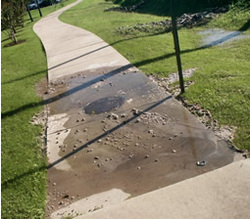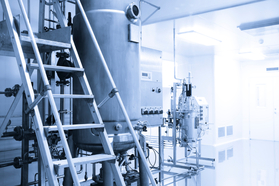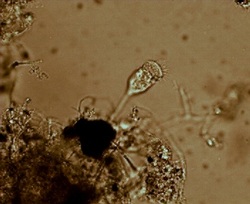 Sanitary Sewer Overflow (SSO)
Sanitary Sewer Overflow (SSO) Since the 1980s, people have been using microbial cultures to initiate grease degradation in the sewers. This process relies on the ability of select microbes to convert the grease into ever smaller particles that do not buildup in the sewer system. At Aster Bio we have several options to keep the grease from causing blockages while preventing free grease from entering the sewage treatment plant where it is more difficult to treat than other components of wastewater. Over the next three blog posts, we will discuss the treatment options that exist for grease control, odor control, and lower loadings hitting the treatment plant. The next topics are going to be:
Restaurant Grease Control - Treating lines in the restaurant helps prevent plumber emergencies caused by grease in drain lines. It also helps keep the grease trap from producing substantial foul odors and helps lower the amount of grease entering into the sewer system. Additional benefits include the reduction in "drain flies" that rapidly breed on grease found in floor drains.
Gravity Sewer Lines - Treatment can be established that allows for a beneficial grease degrading biofilm to establish on the pipe walls. This reduces grease accumulation and associated odors/corrosion caused by hydrogen sulfide (H2S).
Lift Stations/Force Mains - Lift stations often have grease accumulating on walls, pumps and floats. This grease causes damage to equipment and causes odors that can create complaints from local residents. Aster Bio can use a combination of microbes and equipment to convert the station into a working biological treatment system node that does not accumulate grease or produce odors.




 RSS Feed
RSS Feed